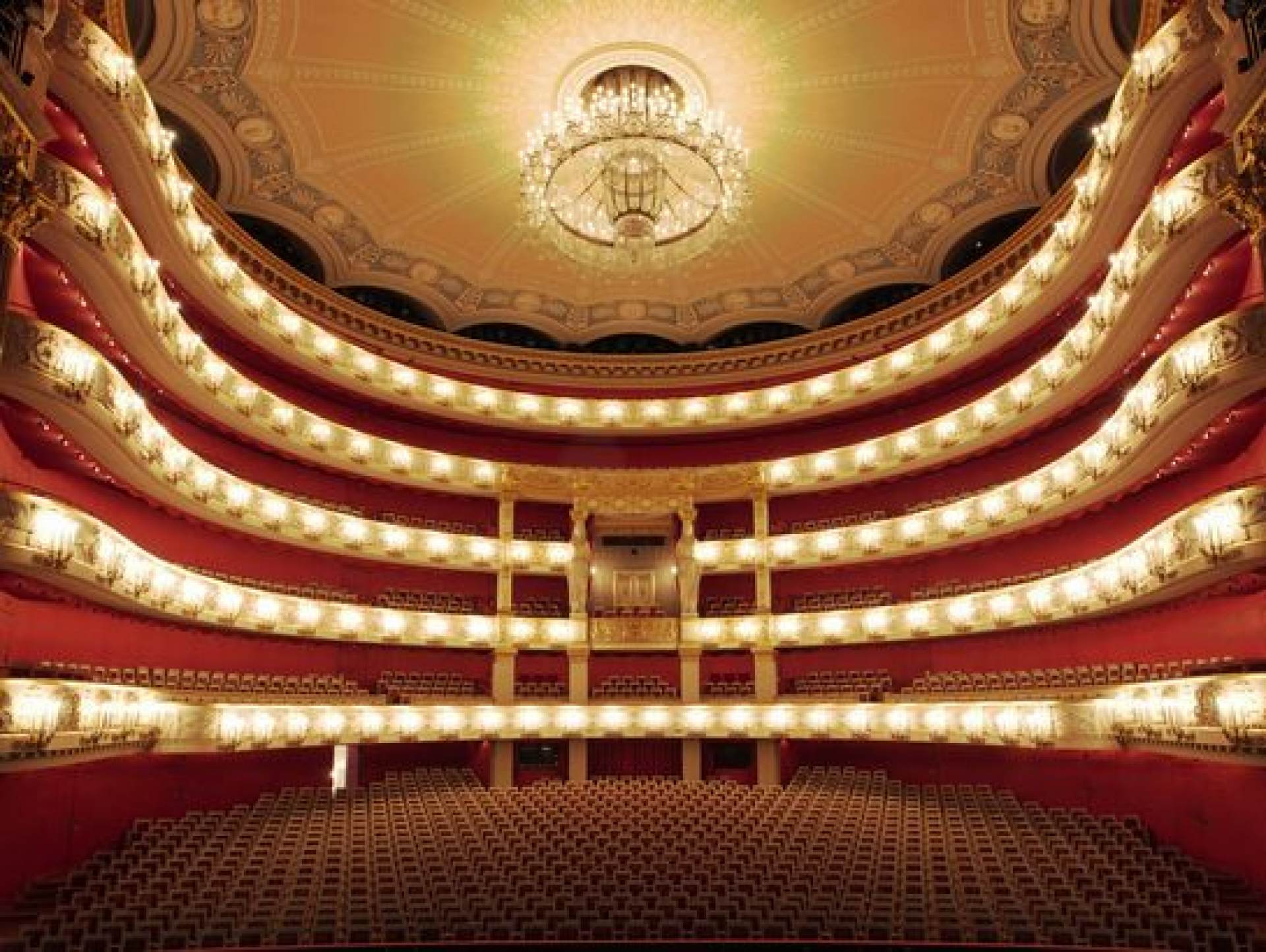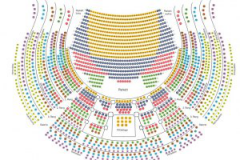Academy Concert, Vladimir Jurowski
Mo | Tu | We | Th | Fr | Sa | Su |
Two magnificent orchestral works from two very different periods – Joseph Haydn’s Farewell Symphony and Dmitri D. Shostakovitch’s Symphony No. 8. Both are characterised by a dichotomy of sorrow and rebellion. The members of the royal court orchestra at Esterházy Palace wanted to go home to their families after a long summer season. The Prince, however, would not release them. Haydn struck a subversive note of protest for the welfare of his fellow musicians, by having one instrument after another fall silent and withdraw at the end. The Prince, as lore has it, understood the message and gave in. Shostakovich found the courage not to sing songs of jubilation at the end of the Second World War, but instead lamented the deaths of millions and loss of personal freedom under the Stalinist regime. “All that is dark and ignominious will disappear, all that is beautiful will triumph,” Shostakovich explained in a newspaper article. The dictator heard a threat in the contradiction between the music and the asserted expression, and promptly had all performances of the piece banned. His instinct did not fail him. Today, Shostakovich's Symphony No. 8 is considered a, “tragedy of the present” (Ivan Martynov), and has lost none of its topicality.
Program and cast
Program
Joseph Haydn:
Symphonie Nr. 45 fis-Moll Hob. I:45 Abschiedssymphonie
Dmitri D. Schostakowitsch:
Symphonie Nr. 8 c-Moll op. 65
Cast
Conductor: Vladimir Jurowski
Bayerisches Staatsorchester
National Theatre Munich
The National Theatre Munich (German: Nationaltheater München) is an opera house in Max-Joseph-Platz in Munich, Germany. It is the home of the Bavarian State Opera and the Bayerisches Staatsballett(Bavarian State Ballet).
The Bavarian State Opera also performs in the Prinzregententheater, which opened in 1901 and, like the Bayreuth Festspielhaus, is built to Richard Wagner's specifications, and in the Cuvilliés Theatre at the Residenz, constructed in 1751–1753 and described by Thierry Beauvert as "a Rococo gem".
The Nationaltheater is very easy to get to both by car and by MVV public transportation.
By MVV public transportation
S-Bahn: S 1 - 8 Marienplatz
U-Bahn: U 3, 6 Marienplatz, U 3 - 6 Odeonsplatz
Bus: 52, 131 Marienplatz, 100 Odeonsplatz
Straßenbahn: 19 Nationaltheater
On the day of the performance, holders of regular tickets are entitled to use public transport provided by the Münchner Verkehrsverbund (MVV). This service starts at 3 pm respectively three hours before the performance commences and ends with the closing hour of the MVV.
By Car
Take the Altstadt-Ring to Maximilianstraße.
Parking garage Max-Joseph-Platz: open Monday to Sunday from 6:00 A.M. to 2:00 A.M.
You can take advantage of the special theatre parking fee of Euro 10,- from 6:00 P.M. to 8:00 A.M. by presenting your admission tickets.

 EN
EN DE
DE IT
IT FR
FR ES
ES RU
RU JP
JP RO
RO
 Seating plan
Seating plan 